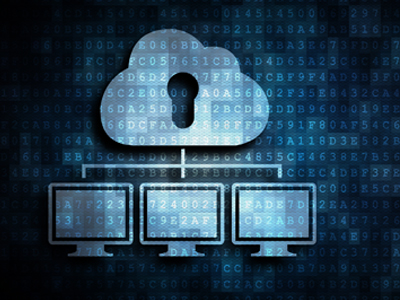When you move to cloud, much of the responsibility for the infrastructure moves to the cloud provider. However, there are multiple reasons you need to implement tools and procedures for your own monitoring of your cloud infrastructure. These reasons include:
1. Security
As has been said many times, security in the cloud is a shared responsibility between the cloud provider and the cloud customer. The provider offers controls, but you need to make sure they’re used appropriately. That means using monitoring tools to verify that configuration settings are set to “private” where needed as well as reviewing network and access logs for suspicious activity. Each of the cloud providers offers their own tools, such as CloudTrail on AWS, Operations Management Suite on Microsoft Azure, and StackDriver on Google Cloud Platform.
In addition to using the vendor-provided security tools, you may also want to use a cloud access security broker (CASB) to gain additional logging and control around access and use of your data in the cloud.
2. Performance and Availability
Make sure the cloud delivers the performance your users need and the level of availability the cloud provider promises through monitoring your cloud’s status and performance. Develop metrics that matter to you and monitor for:
• network speed – bandwidth, speed, and latency
• resource utilization – overloaded or underused resources
• application performance – processing throughput at required levels
• end user experience – page load time
3. Cost
When your resources are in your data center, cost isn’t typically part of monitoring. Resources are bought and paid for through a tightly controlled purchasing process. The cloud is different. Resources are highly dynamic, being brought online and shutdown as needed. The costs aren’t fixed at time of purchase but vary monthly due to actual resource utilization. This means you need to monitor technology usage with an eye on spending.
Monitoring can help you track changes in the number of cloud instances and services you’re using and identify instances that are no longer needed or should be consolidated. Monitoring will also identify where policies can help reduce cloud spending, such as ensuring that instances are shutdown at end of day. With monitoring, you can identify trends and patterns in cloud usage and discover where you can save money through using reserved or spot instances.
Implementing Effective Monitoring
Because cloud monitoring has multiple goals, making monitoring effective requires careful planning and tool selection. VAST IT Services offers VAST View, powered by CloudHealth, to provide insights that improve ROI, reduce risk, and simplify your cloud management. Contact VAST IT Services to learn more about designing and implementing a cloud monitoring and management strategy.



